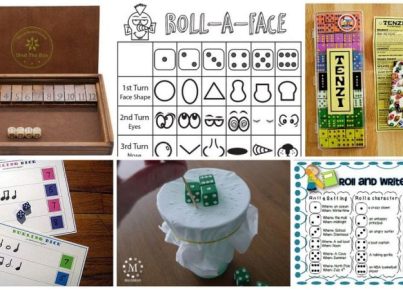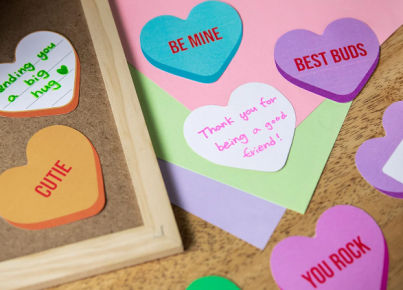Introduction:
Keeping young children engaged and focused in the classroom can be a challenging task. One great way to break up the monotony and reenergize their minds is through brain breaks. These short, fun activities help kindergarten students release their excess energy and refocus their attention. In this article, we will explore 20 kindergarten brain breaks that are sure to get the wiggles out and create a conducive learning environment.
-
- Animal Dance Party:
Encourage kids to mimic the movements of different animals. From crawling like a crab to hopping like a kangaroo, this brain break will have them giggling and stretching their muscles.
-
- Simon Says:
Play a round of Simon Says with various physical actions. Incorporate fun commands like “Simon says touch your nose and wiggle your toes!”
-
- Freeze Dance:
Turn on some lively music and have students dance around. When the music stops, they must freeze in whatever position they are in until the music resumes.
-
- Yoga for Kids:
Introduce simple yoga poses tailored for kids, such as the downward dog or the tree pose. This brain break will help improve their flexibility and mindfulness.
-
- Balloon Volleyball:
With a balloon as a ball substitute, have kids play a fun game of volleyball. This activity helps improve coordination and teamwork.
-
- Follow the Leader:
Designate a leader and have the rest of the students copy their movements. This brain break promotes listening skills and allows kids to challenge their physical abilities.
-
- Go Noodle:
Take advantage of the popular Go Noodle platform, which offers a variety of dance and movement videos designed specifically for kids.
-
- Musical Statues:
Similar to freeze dance, play some music and have kids freeze in a statue-like pose when the music stops. The last one to freeze is out.
-
- Scavenger Hunt:
Create a scavenger hunt with simple tasks for kids to complete in the classroom. This brain break combines fun and physical activity with problem-solving skills.
-
- Alphabet Aerobics:
Have kids go through the alphabet and perform a physical action for each letter. For example, A could be jumping jacks, B could be toe touches, and so on.
-
- Storybook Yoga:
Select a favorite storybook and incorporate corresponding yoga poses as you read aloud. This brain break combines literacy with physical movement.
-
- Shape Hopscotch:
Create a hopscotch grid with different shapes instead of numbers. Kids must jump from one shape to another, strengthening their gross motor skills.
-
- Color Dance:
Assign each student a color, then play music and instruct them to move around the room. When the music stops, call out a color and students must find an object of that color to touch.
-
- Balloon Stomp:
Blow up a few balloons and tie them to the kids’ legs using a string. The objective is to pop each other’s balloons while protecting their own.
-
- Obstacle Course:
Set up a simple obstacle course using cones, hula hoops, and other props. Kids can crawl under, jump over, and navigate through the course. This brain break promotes physical activity and problem-solving.
-
- Animal Charades:
Have kids take turns acting out different animals while their classmates guess the animal being portrayed. This brain break encourages creativity and movement.
-
- Dance and Count:
Play a song and have kids dance while counting aloud. This brain break combines movement with math skills.
-
- Stretch and Sway:
Lead kids through a series of stretching exercises and gentle body movements. This brain break helps them relax their muscles and refocus their attention.
-
- Funny Faces:
Have kids make silly faces and laugh together. This brain break is a simple, entertaining way to lighten the mood and create a positive classroom environment.
-
- Indoor Relay Races:
Organize relay races inside the classroom using items like bean bags or soft balls. Kids can pass the objects while racing against each other, ensuring an energetic brain break.
Conclusion:
Brain breaks are an essential part of any kindergarten classroom routine. By incorporating these 20 kindergarten brain breaks into your daily schedule, you are providing opportunities for physical activity, creativity, and fun, which will help your students release their excess energy and refocus their attention, leading to a more productive learning environment.





